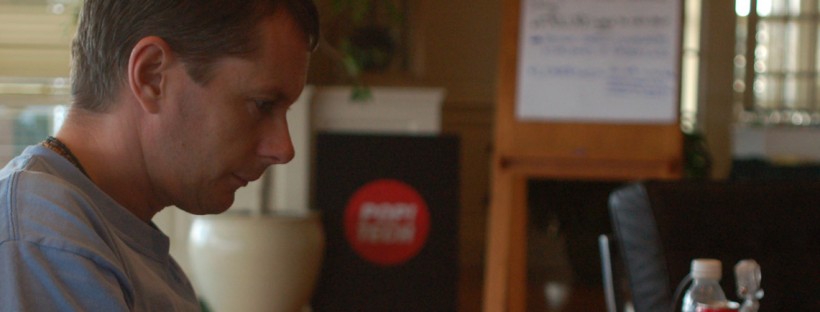I admit that I’m not too much of a gaming freak these days, although I did go through a spell a ‘few’ years back when I was the proud owner of a 16-bit Sega Megadrive. There are enough challenges and puzzles in real life to be getting on with – I don’t need a bunch of virtual ones to add to the list.

So when a game manages to grab my attention for more than just a few brief moments, it’s worth taking a look. The game is called Village, and it’s a multiplayer online strategy game (in the style of Warcraft, Second Life and so on) which immerses the player into the role of an entrepreneur. The overall objective is to build companies to bring prosperity to the villages of the third world.
“Fly over a remote village watching people walking about, farmers tending to their crops, people buying and selling goods in the town markets. Browse anybody in the village and see what income, jobs, education they have. View the stores in the town centre to find out what is selling well, and what’s missing entirely. Set up your own store fronts to offer microcredit, kickstart pumps, solar cell rentals, all the self-sustaining businesses that will have the greatest impact on the villagers. Watch as farms flourish, villagers build new homes, and schools grow larger with more healthy children”
The Village is certainly a grand vision, and an incredibly innovative one at that. There’s even hope that some day the virtual villages – or components of them – may become a reality. Imagine… Some organisations have also been quick off the mark and picked up on the fundraising and awareness raising potential of the game. According to Darian Hickman, the Village ‘leader’, “Organisations such as Ashoka, Technoserve, Acumen Fund and Habitat for Humanity have a vested interest in seeing this game reach a wide audience as it will bring awareness and donations to their causes”.
People are already beginning to make quite tidy sums buying and selling in the virtual world. Adding philanthropy to the mix is a very neat, and a very nice, idea.
Keep an eye out for the Alpha version of the game, due in the new year, on the Village website.



